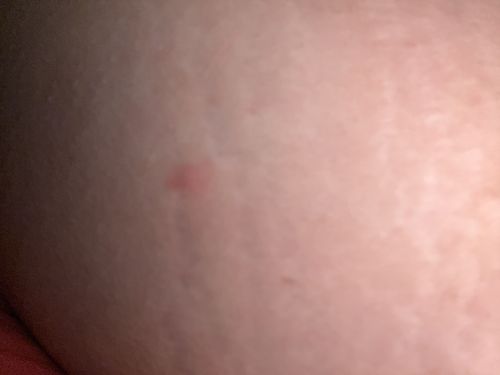Bed Bug
Scientific Name: Cimex lectularius
Order & Family: Hemiptera, Cimicidae
Size: Adult bed bugs are typically 4-5 mm (0.16-0.20 inches) in length, and are flat, oval-shaped, and reddish-brown.

Natural Habitat
Bed bugs typically live in close proximity to their human hosts, often found in mattresses, bed frames, headboards, and other furniture in bedrooms. They can also hide in cracks in walls, electrical outlets, and behind wallpaper.
Diet & Feeding
Bed bugs are hematophagous, meaning they feed exclusively on blood. While they prefer human blood, they can feed on other mammals and birds if necessary.
Behavior Patterns
Bed bugs are primarily nocturnal, feeding on humans (or other warm-blooded animals) while they sleep. They are attracted to body heat and carbon dioxide.
Risks & Benefits
Risks include itchy red bites (like the one shown in the image), which can lead to skin infections from scratching. In rare cases, severe infestations can lead to anemia. They are not known to transmit diseases to humans. There are no known direct benefits of bed bugs to humans or the ecosystem.
Identified on: 9/4/2025